Powered by the new F-head 4,257cc straight-six engine introduced after the war, the Mk VI Bentley launched in 1946 differed from its Rolls-Royce counterpart in having a higher-lift camshaft and twin SU carburettors. Production of this model was 5,201 units, but coachbuilt examples like this lovely drophead were always uncommon as four-fifths of the cars built carried the “standard steel” bodywork. The original owner of this Mk VI was the fabulously wealthy Indian Prince His Highness the Maharajah Sir Pratapsinha Gaekwar of Baroda, GCIE, who ordered it through the Yorkshire Bentley dealership Glovers of Ripon and Harrogate. It was registered FYG 240 on 8 July 1947. This was one of five Mk VI Bentleys owned by the Gaekwar (who also owned 29 Rolls-Royces), and was collected from Glovers by his chauffeur on 8 August 1947. The Bentley was kept at his English home at Headley Grove, Epsom, and was sold to its second owner, Hoffmans Limited, in March 1951. The Gaekwar’s specification for this car was both exacting and comprehensive: the front seats were to be so arranged that the driver’s and passenger’s seats were separately adjustable, yet should be capable of seating three abreast when necessary. Two water flasks were to be incorporated in the front seats, while the arm rests on the front doors were to be hollow to store cigars. There was to be a cabinet with lock to the near side of the instrument panel, an opening windscreen and a chromium-plated body moulding. A scuttle-top ventilator was to be fitted, as were direction indicators and mirrors on each front wing plus a miniature interior rear view mirror. Practicalities were addressed by the instructions to fit a stiffener to the front end of the body “to prevent development of a front shake” and to give “special attention to ensure hood is waterproof”. The hood was a special design which was entirely concealed when folded – “so much nicer than the Park Ward drophead,” said George Milligen, who bought the car in 1976 – and the original interior trim specified by the Gaekwar was a “particularly memorable” pale blue silk brocade (“quite impractical for use in a motor car”). This was subsequently replaced with a more durable material. This car was apparently the first of a small series – “about ten to twelve cars” – of special dropheads built by H.J.Mulliner when they were still an independent company. For its day, this was an extremely costly car: to the basic chassis price of £1,985 was added £1,750 for the Mulliner body, £317 for the extras and an horrendous £2,246 in purchase tax, making a total of £6,298. The Mulliner company was already well-established in 1900 when pioneer motorist H.J.Mulliner - a founder-member of the [Royal] Automobile Club - bought the London-based coachbuilding business where he had been working since 1888 from his cousin Francis Mulliner. In 1908 the 38-year-old H.J.Mulliner sold his company to the Scottish coachbuilder Croall and retired because of ill-health – and survived another 59 years, dying in 1967 at the great age of 97! Rolls-Royce took over the firm of H.J.Mulliner in 1959 and merged it with Park Ward.
Powered by the new F-head 4,257cc straight-six engine introduced after the war, the Mk VI Bentley launched in 1946 differed from its Rolls-Royce counterpart in having a higher-lift camshaft and twin SU carburettors. Production of this model was 5,201 units, but coachbuilt examples like this lovely drophead were always uncommon as four-fifths of the cars built carried the “standard steel” bodywork. The original owner of this Mk VI was the fabulously wealthy Indian Prince His Highness the Maharajah Sir Pratapsinha Gaekwar of Baroda, GCIE, who ordered it through the Yorkshire Bentley dealership Glovers of Ripon and Harrogate. It was registered FYG 240 on 8 July 1947. This was one of five Mk VI Bentleys owned by the Gaekwar (who also owned 29 Rolls-Royces), and was collected from Glovers by his chauffeur on 8 August 1947. The Bentley was kept at his English home at Headley Grove, Epsom, and was sold to its second owner, Hoffmans Limited, in March 1951. The Gaekwar’s specification for this car was both exacting and comprehensive: the front seats were to be so arranged that the driver’s and passenger’s seats were separately adjustable, yet should be capable of seating three abreast when necessary. Two water flasks were to be incorporated in the front seats, while the arm rests on the front doors were to be hollow to store cigars. There was to be a cabinet with lock to the near side of the instrument panel, an opening windscreen and a chromium-plated body moulding. A scuttle-top ventilator was to be fitted, as were direction indicators and mirrors on each front wing plus a miniature interior rear view mirror. Practicalities were addressed by the instructions to fit a stiffener to the front end of the body “to prevent development of a front shake” and to give “special attention to ensure hood is waterproof”. The hood was a special design which was entirely concealed when folded – “so much nicer than the Park Ward drophead,” said George Milligen, who bought the car in 1976 – and the original interior trim specified by the Gaekwar was a “particularly memorable” pale blue silk brocade (“quite impractical for use in a motor car”). This was subsequently replaced with a more durable material. This car was apparently the first of a small series – “about ten to twelve cars” – of special dropheads built by H.J.Mulliner when they were still an independent company. For its day, this was an extremely costly car: to the basic chassis price of £1,985 was added £1,750 for the Mulliner body, £317 for the extras and an horrendous £2,246 in purchase tax, making a total of £6,298. The Mulliner company was already well-established in 1900 when pioneer motorist H.J.Mulliner - a founder-member of the [Royal] Automobile Club - bought the London-based coachbuilding business where he had been working since 1888 from his cousin Francis Mulliner. In 1908 the 38-year-old H.J.Mulliner sold his company to the Scottish coachbuilder Croall and retired because of ill-health – and survived another 59 years, dying in 1967 at the great age of 97! Rolls-Royce took over the firm of H.J.Mulliner in 1959 and merged it with Park Ward.


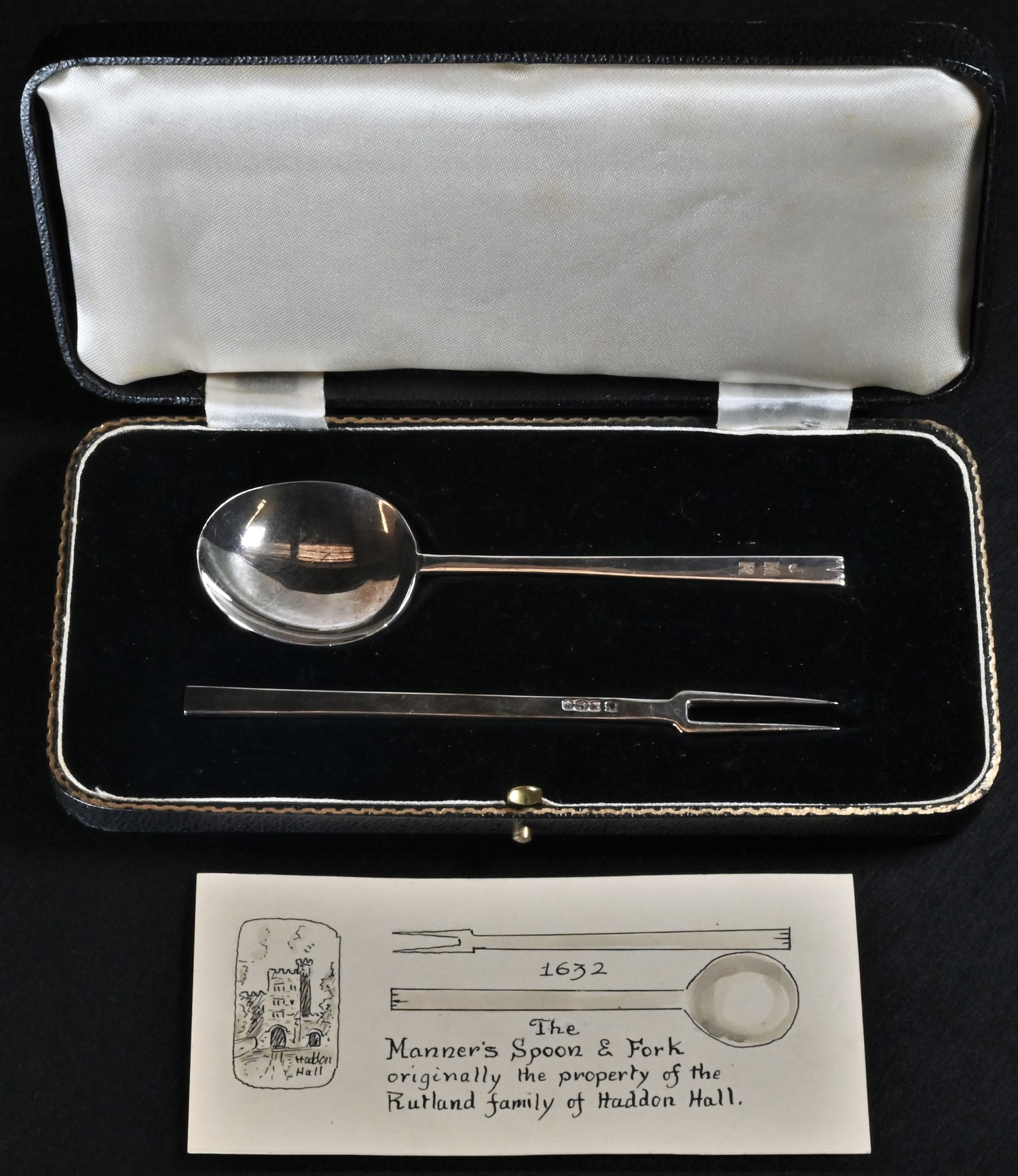
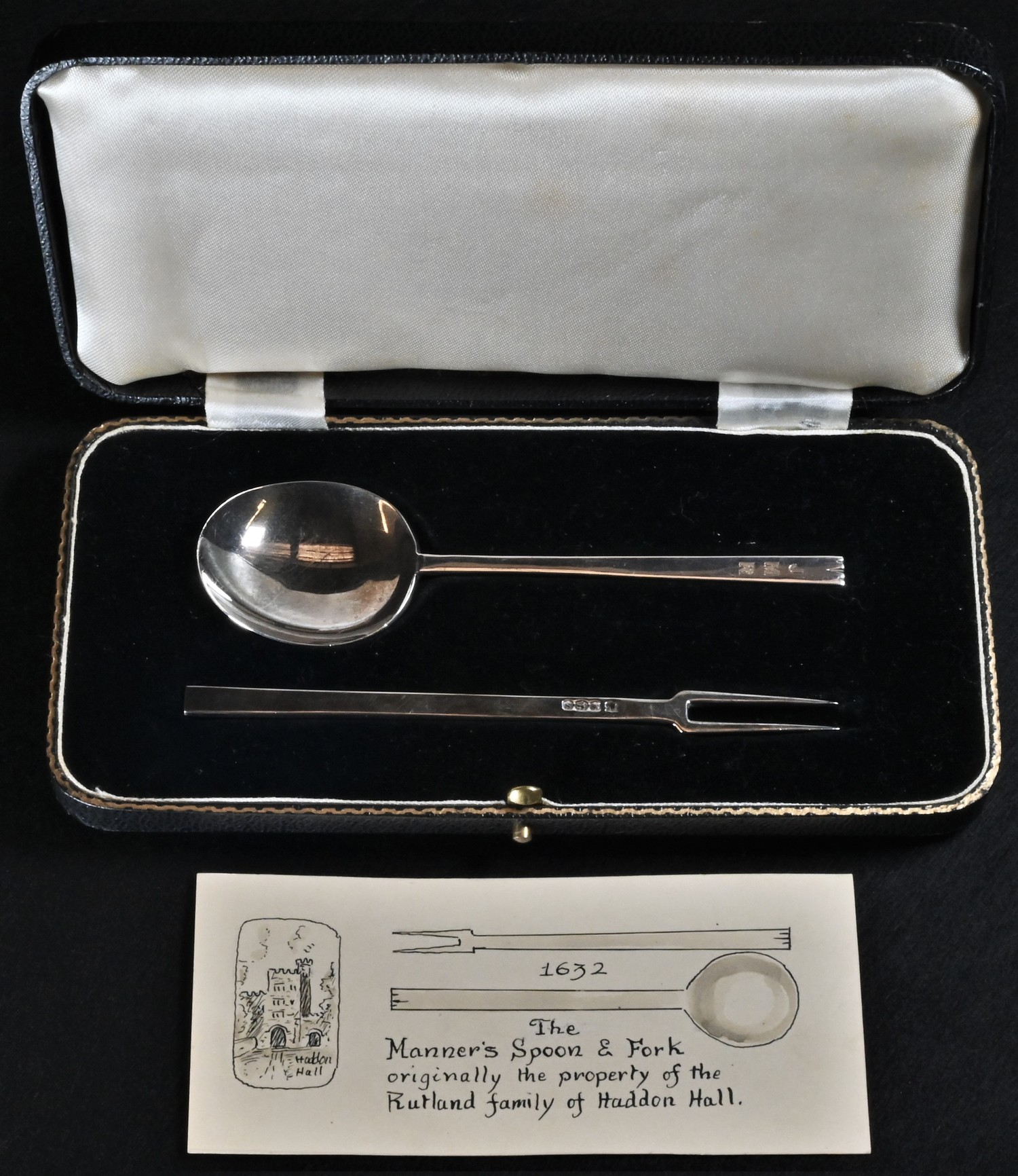
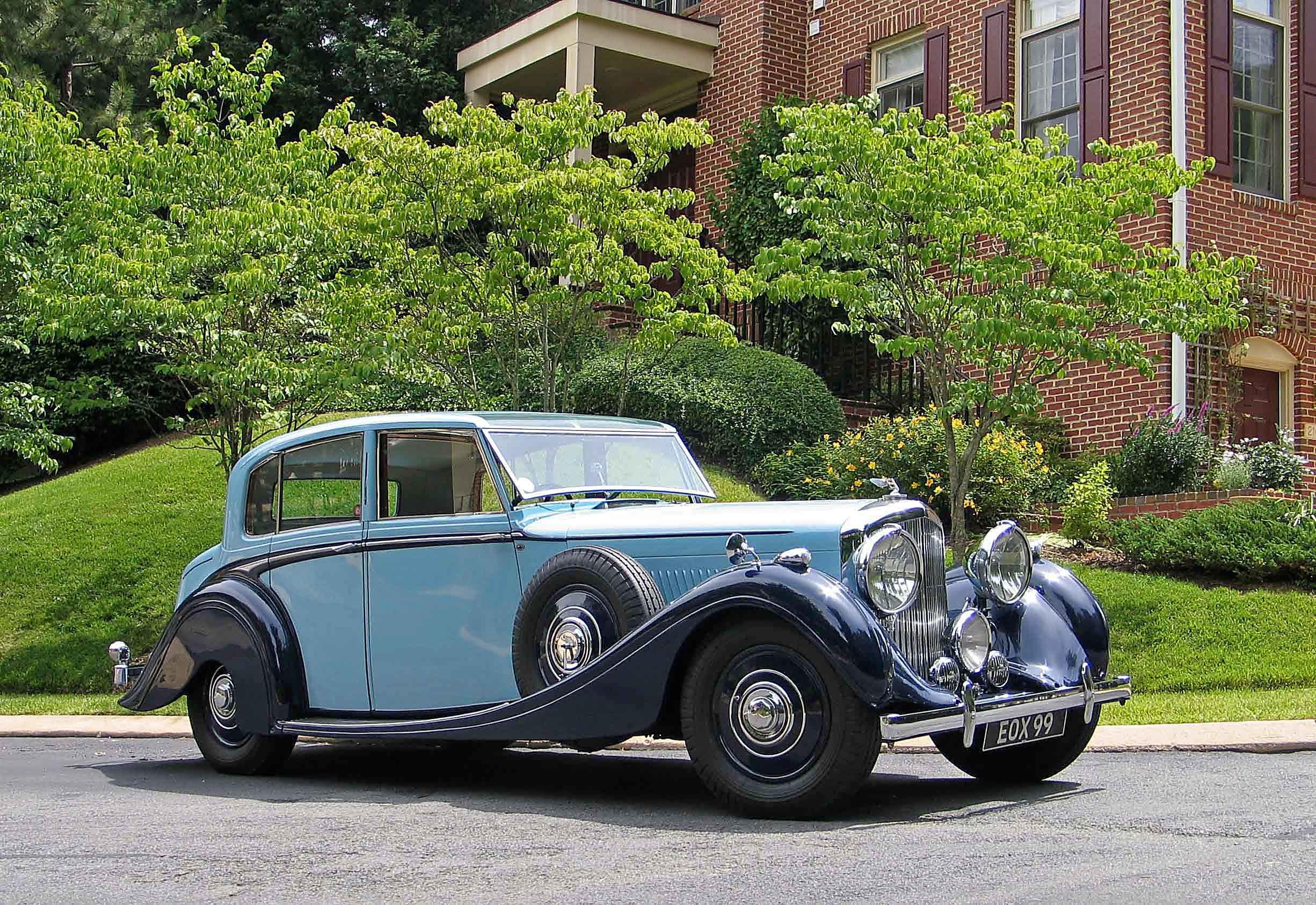
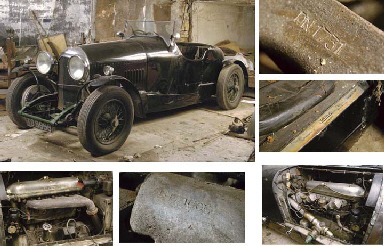




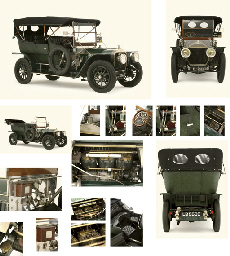
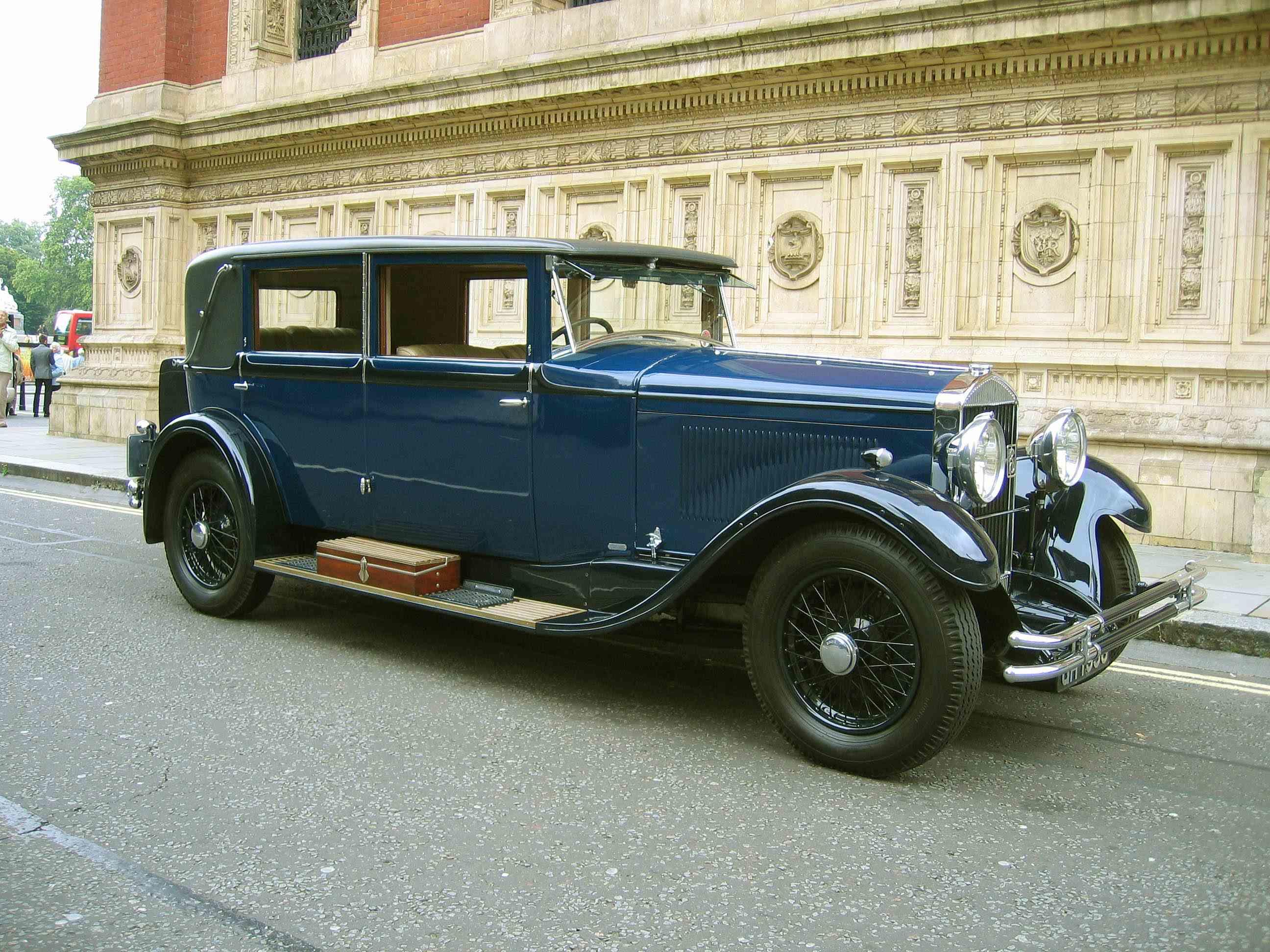



Try LotSearch and its premium features for 7 days - without any costs!
Be notified automatically about new items in upcoming auctions.
Create an alert